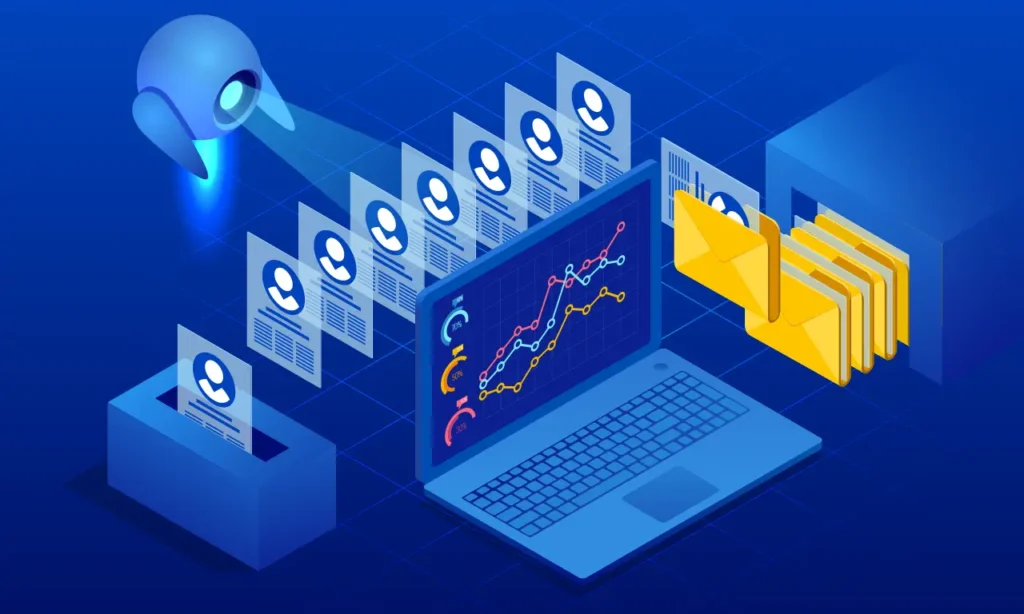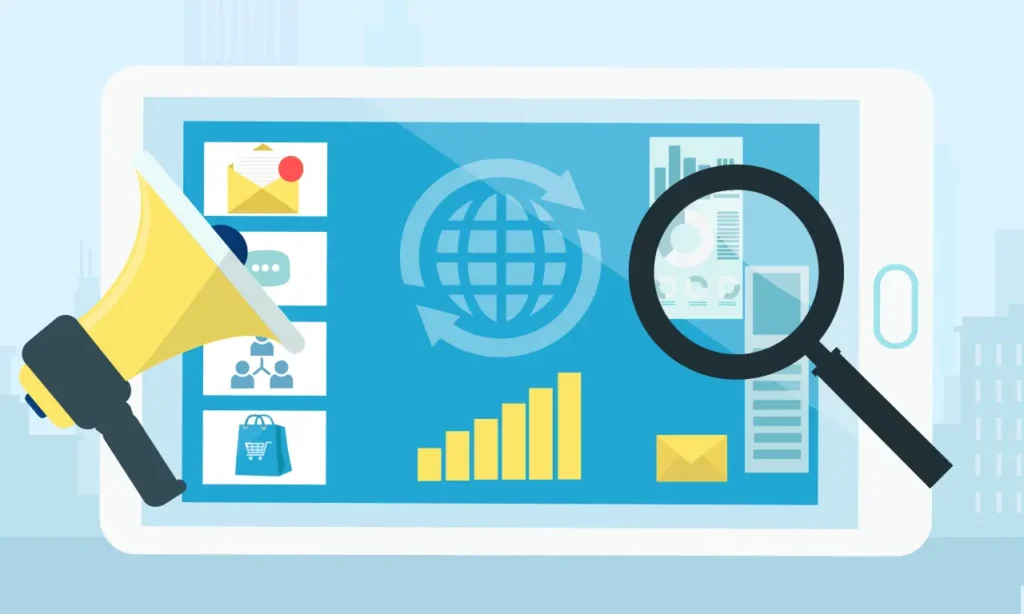
DMARCbis is coming: New DNS tree walk algorithm and more
DMARC is undergoing a significant evolution. Here's what you need to know about the new protocol, DMARCbis.
Domain-based Message Authentication, Reporting & Conformance (DMARC) is an essential standard for protecting your organization’s reputation and email authenticity. Our DMARC blog articles guide you through the nuances of implementing and managing DMARC policies to reduce email spoofing and phishing attacks effectively. Explore thought leadership articles, implementation guides, and success stories that demonstrate the positive impact of DMARC on organizational security, building a fortified trust relationship with your customers and partners.

DMARC is undergoing a significant evolution. Here's what you need to know about the new protocol, DMARCbis.

Auditors are asking about your active defenses against email spoofing. A fully-enforced DMARC policy is the answer auditors are looking for.

In light of the sheer scale of modern email traffic and the rise of AI-driven cyber threats, can security teams keep up without AI assistance?

DMARC is often seen as a purely technical protocol, a set of DNS records managed solely by the IT department. However, there's more at play behind the scenes.

You’ve set up your DMARC record, yet you’re still seeing emails fail authentication. But why? The answer lies in DMARC alignment.

DMARC implementation can be daunting. Here is a simple, four-step roadmap for implementing DMARC without disrupting your marketing efforts.

"Header From" spoofing is a common email impersonation tactic where a malicious actor forges the visible "From" address of an email to appear as a legitimate sender.

The Sender Policy Framework (SPF) is a crucial email authentication protocol that helps protect your domain from spoofing and phishing attacks. However, SPF has a significant limitation known as the "lookup limit," which can impact your email deliverability and business operations if not managed properly.

At 101domain, we offer both managed and unmanaged DMARC solutions to cater to varied needs. But how do you decide which option is right for your business? Let's explore the differences between managed and unmanaged DMARC services to help you make an informed decision.

In the email-driven business world of today, Business Email Compromise (BEC) attacks are a formidable threat to enterprises worldwide. Let's take a look into three notable cases of BEC attacks and how you might learn from them.